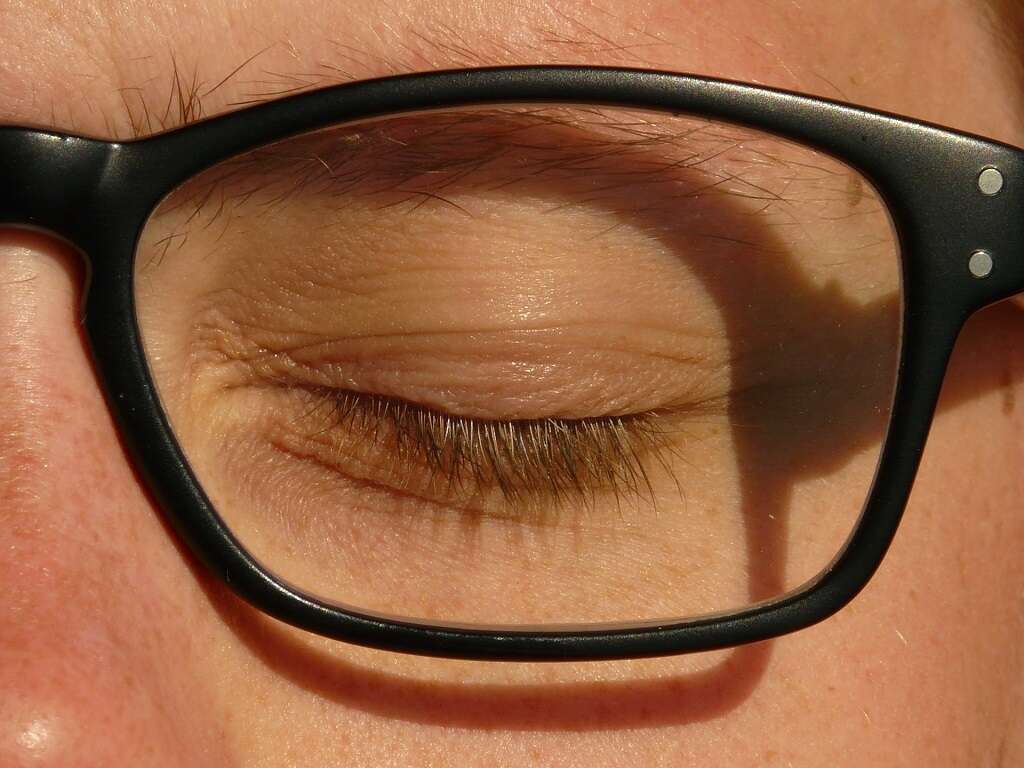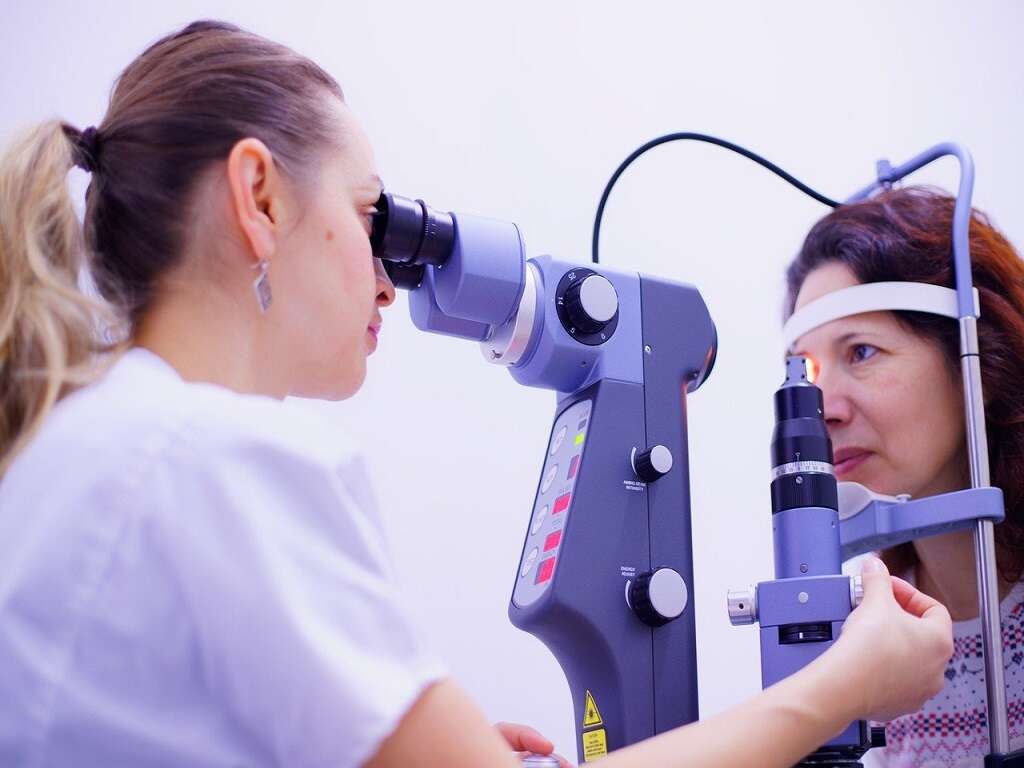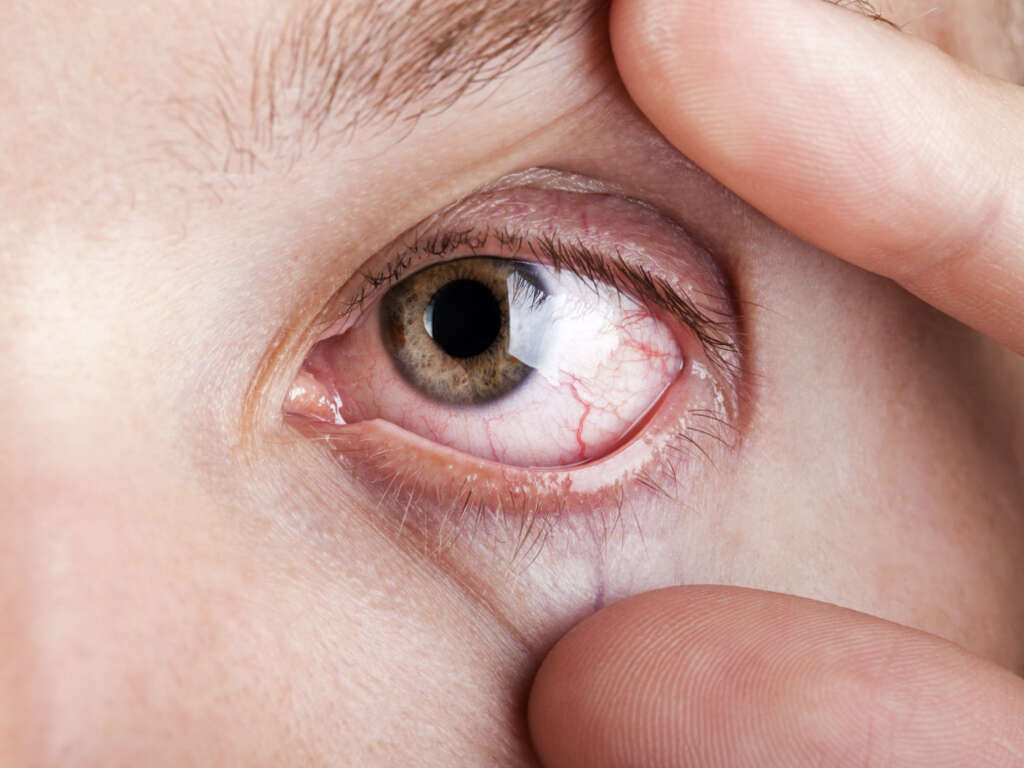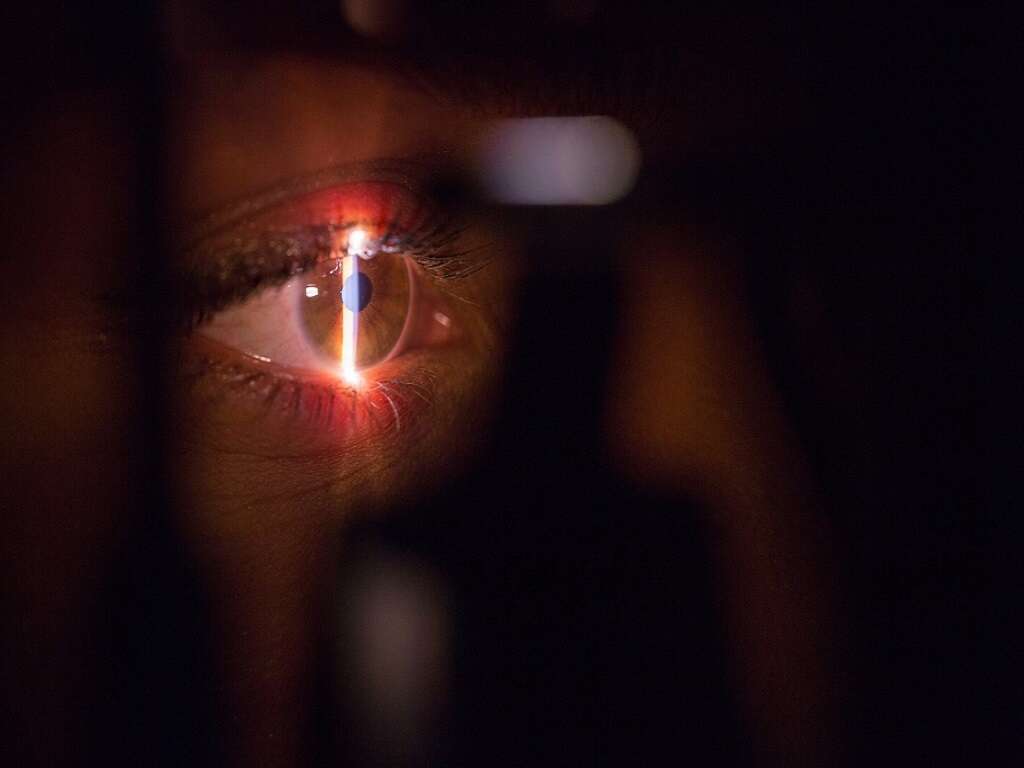10 Astigmatism Symptoms
Astigmatism is a condition that causes blurry or distorted vision in the eyes. It occurs due to a refractive error, forcing light to be focused unevenly on the retina. While the cause of astigmatism is still unclear, experts believe that it may be due to genetic factors. The mechanism of the condition involves abnormalities in the lens of the eye or irregular curvature of the cornea. The diagnosis of astigmatism can be achieved through patient history, the examination of the eye, and an eye exam. Astigmatism was first identified by Thomas Young in 1801.
There are three options for the treatment of astigmatism, which includes spectacles (glasses), contact lenses, or surgery. Spectacles are the easiest and simplest way to correct the condition. However, contact lenses have the advantage of providing a wider field of vision. Surgery can also be performed to permanently change the shape of the eye. This condition is observed to affect individuals of all ages. In Asia and Europe, as many as 30 to 60 percent of adults are affected.
Astigmatism Symptoms #1: Blurry Vision
Blurry vision occurs when the image one sees is no longer sharp. It is a common ocular symptom that can be caused by presbyopia, use of atropine, cataracts, diabetic retinopathy, glaucoma, macular degeneration, retinal detachment, optic neuritis, and more. In astigmatism, the blurry or distorted vision occurs at all distances.
Astigmatism Symptoms #2: Eye Strain
Eye strain, or asthenopia, occurs when there is pain in or around the eyes, blurry vision, headaches, fatigue, and double vision. Eye strain usually occurs after tedious visual tasks such as reading and computer work because these tasks require continuous focus, causing the ciliary muscles to tighten.
It can also be caused by visual problems such as heterophoria (where the eyes are not pointing at rest position) and accommodative insufficiency (where the eye is unable to focus properly).

Astigmatism Symptoms #3: Headaches
Headaches occur when there is pain felt in any region of the head and neck. There are many types of headaches such as cluster headaches, migraines, tension-type headaches, and more. Headaches are extremely common and can be caused by dehydration, sleep deprivation, stress, fatigue, side effects of medications, viral infections, colds, dental issues, and more.
Frequent headaches can cause depression and affect the quality of life. The definitive treatment for headaches depends on the underlying cause. Headaches due to astigmatism usually present on the forehead or around the eyes.
Astigmatism Symptoms #4: Issues With Night Vision
Patients with astigmatism often have issues with their vision at night because the shape of their cornea causes refractive errors where the light rays meet at different points. The result is blurry vision. In a normal eye the cornea is spherical, enabling all the light rays to meet at a single point.
In astigmatism, blurry vision worsens in low light or dim conditions because the pupil dilates to allow more light to enter, causing even more blur.

Astigmatism Symptoms #5: Amblyopia
Amblyopia or lazy eye occurs when the eye and brain do not work well together, resulting in a decrease in vision. It is the most common cause of one eye decreased vision among the younger population. Amblyopia can be caused by any condition that interferes with focusing in early childhood.
It occurs when there is poor alignment of the eyes, when there is one eye significantly more farsighted or nearsighted than the other, an irregularly shaped eye, or clouding of the lens. Early detection is important as it improves the success of treatment.
Astigmatism Symptoms #6: Squinting
Squinting refers to the action where one is looking at an object with partially closed eyes. It is most commonly seen among those who have refractive errors but are not wearing corrective glasses or contact lenses. The act of squinting helps to temporarily improve their vision by changing the shape of the eye to make it rounder, allowing more rays of light to meet at one point.
Squinting also lowers the amount of light that enters the eye allowing better focus. Patients with astigmatism often squint to decrease the amount of light entering the eyes and to slightly change the shape of their eyes. The use of pinhole glasses can have the same effect as squinting because the glasses limit the amount of light entering the cornea.

Astigmatism Symptoms #7: Diplopia
Diplopia is also known as double vision. It occurs when one starts to see double images instead of one. Double vision can affect movement, balance, and reading ability. Diplopia can be further categorized into monocular or binocular diplopia.
Monocular diplopia occurs when double vision affects one eye while binocular diplopia refers to double vision affecting both eyes. Some of the causes of diplopia are myasthenia gravis, multiple sclerosis, thyroid dysfunction, transient ischemic attack, convergence insufficiency, astigmatism, keratoconus, cataracts, dry eye, and more.
Astigmatism Symptoms #8: Halos
Halos refer to bright circles surrounding a light source such as headlights or street lights. Halos are most often seen when the affected individual is in a dimly lit or dark environment.
It can cause discomfort and interfere with vision. In addition to astigmatism, some of the causes of halos are farsightedness, nearsightedness, presbyopia, and cataracts.

Astigmatism Symptoms #9: Glares
Glares occur when one has difficulty seeing in the presence of bright lights such as sunlight or headlights. A glare refers to light that enters the eye and scatters, causing blurry and distorted images. There are two types of glares: discomfort glare and disability glare.
Discomfort glare causes the affected individual to look away or have trouble seeing. Disability glare causes the impairment of vision with or without discomfort. Glares can be caused by presbyopia, cataracts, nearsightedness, farsightedness, astigmatism, and more.
Astigmatism Symptoms #10: Difficulty Seeing Fine Detail
In astigmatism, the abnormal shape of the eye causes light to be scattered, resulting in images becoming blurry and unfocused regardless of distance. Therefore, patients with astigmatism experience difficulty in both excessively bright or dim environments.
They can also experience difficulty seeing fine detail such as reading from a paper or from a computer screen. In younger children, most parents are unaware that their child has astigmatism or other issues with vision until they start school.











